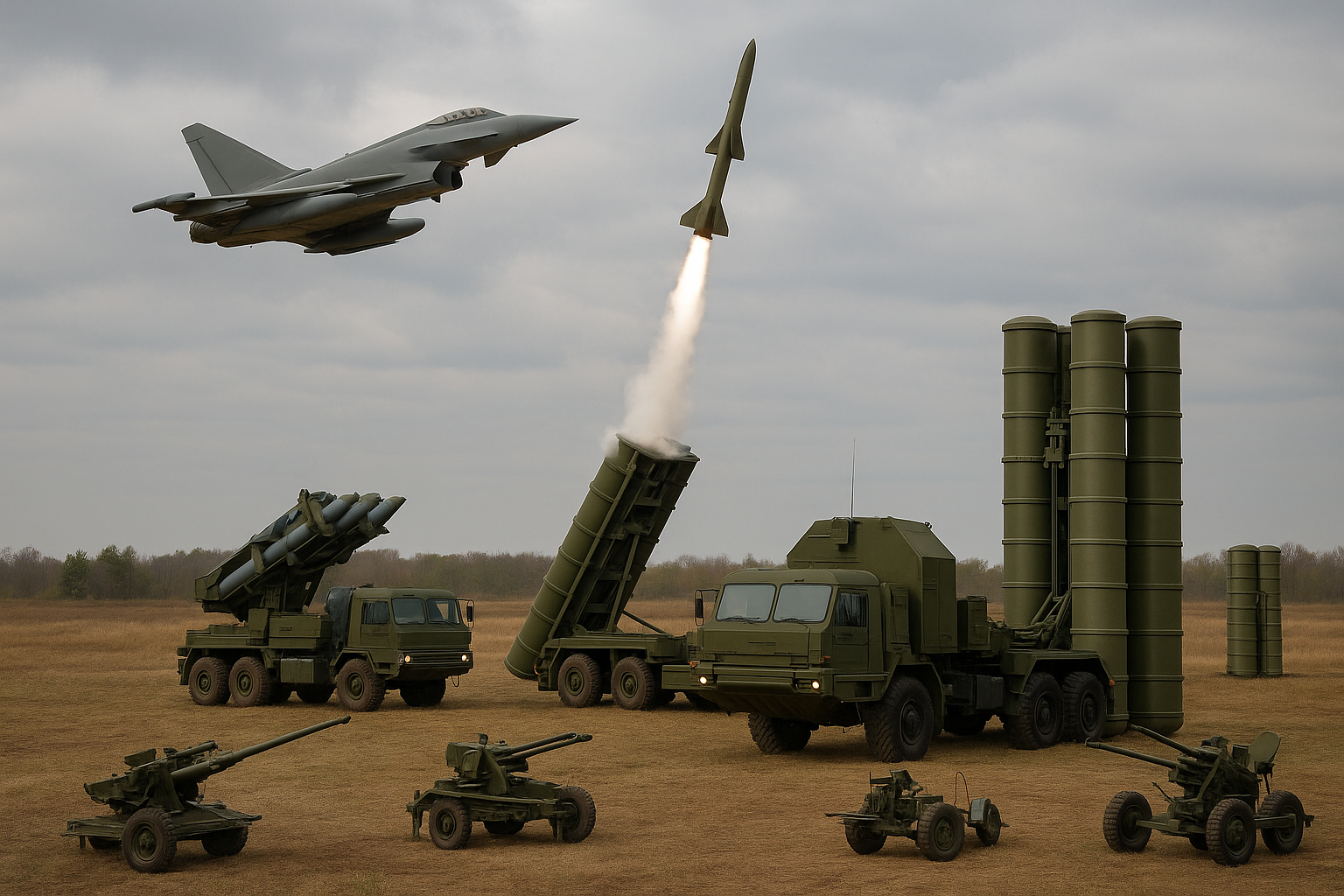India has rapidly evolved into a formidable air power, with an integrated and layered air defence network comprising advanced missile systems, radars, fighter jets, and cutting-edge drones. This comprehensive system ensures India’s ability to counter threats ranging from hostile aircraft to ballistic missiles and drone swarms.
India ranks among the top five air powers globally. With nearly 1,750 aircraft—including over 900 fighter jets—the Indian Air Force (IAF) is a crucial pillar of national security. Recent strategic acquisitions, like the $7.4 billion Rafale deal and the induction of the S-400 systems from Russia, have fortified India’s defence posture.
1. Long Range Air Defence Systems
S-400 Trimuf
Known in India as S-400 Sudarshan Chakra, this Russian-made long-range air defence system provides strategic deterrence against advanced threats.
The S-400 can detect targets up to 600 km away and engage them at ranges up to 400 km using multiple missile types. It can track and destroy stealth aircraft, ballistic missiles, and drones traveling at speeds of up to Mach 14. India purchased five squadrons at a cost of $5.5 billion, and they have been operational since 2022.
Offering 360° coverage, the S-400 is integrated into India’s broader air command network. Its ability to neutralise threats before they enter Indian airspace has made it a crucial element in India’s air defence strategy.
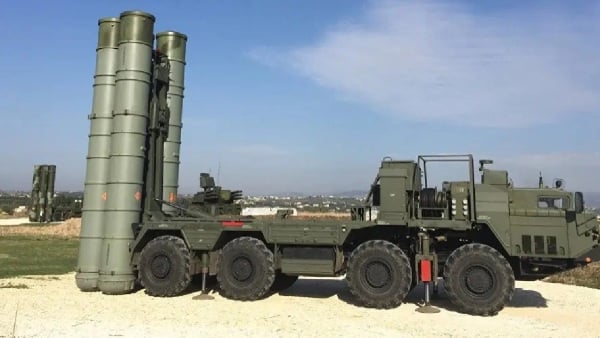
Indian Ballistic Missile Defence (BMD) Programme
India’s BMD programme is designed to intercept incoming ballistic missiles at two levels: exo-atmospheric (outside Earth’s atmosphere) and endo-atmospheric (within the atmosphere). It consists of two key interceptor systems:
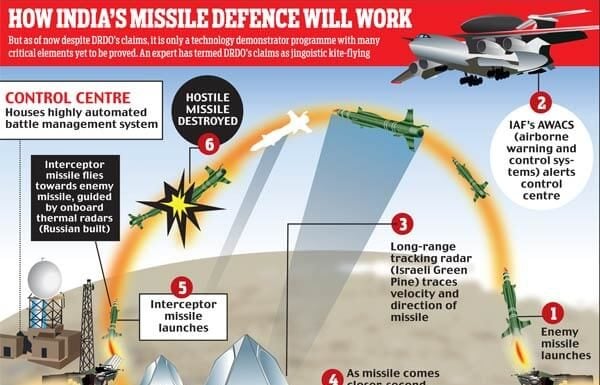
▪ Prithvi Air Defence (PAD)
The PAD system is India’s exo-atmospheric interceptor, capable of intercepting missiles at altitudes up to 80 km. It is designed to counter threats in the 300–2,000 km range, and travels at hypersonic speeds above Mach 5. It uses the Long Range Tracking Radar (LRTR) to detect and track incoming threats, ensuring high-altitude interception before the missile re-enters the atmosphere.
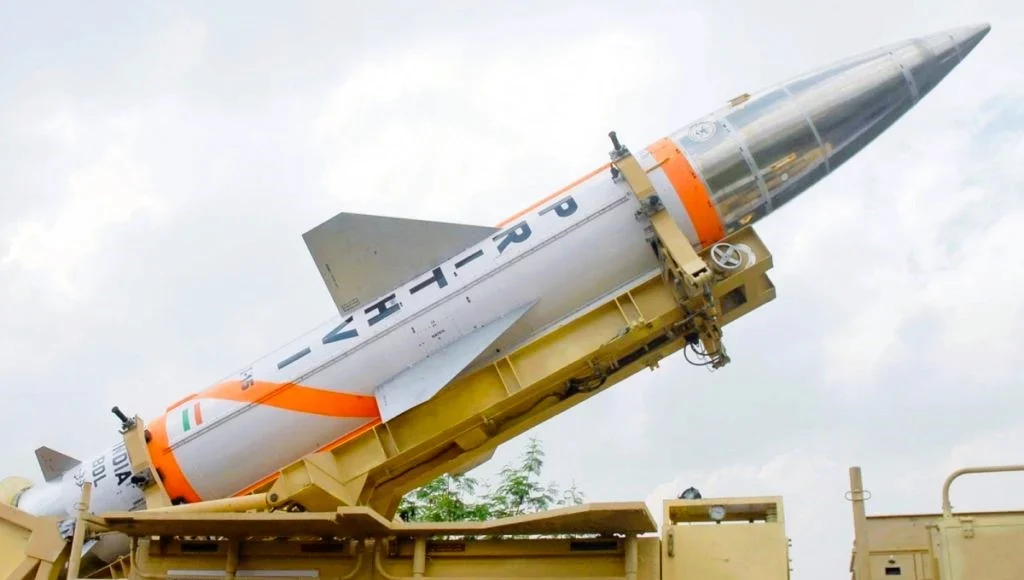
▪ Advanced Air Defence (AAD)
The AAD is an endo-atmospheric interceptor used to destroy incoming missiles within the lower atmosphere, up to an altitude of 30 km. With a range of up to 200 km and speeds of Mach 4.5, it complements the PAD to form a layered shield, giving India the capability to intercept incoming missiles at two different stages of flight.
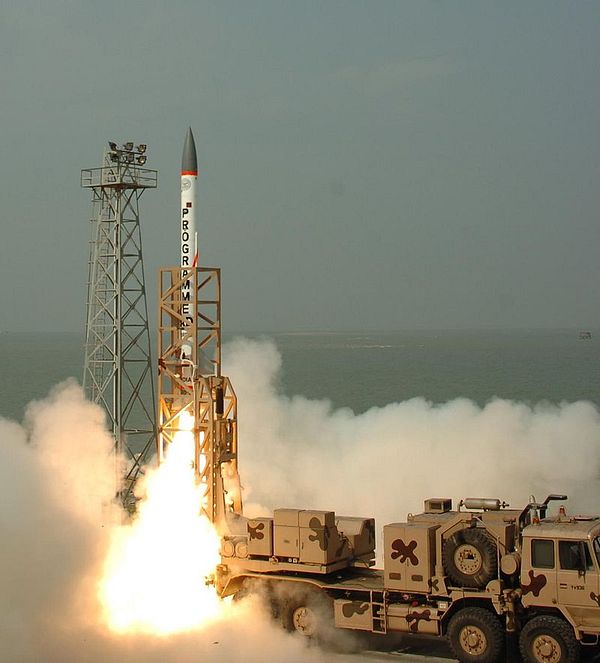
| System | Type | Range | Altitude | Speed | Guidance | Notes |
|---|---|---|---|---|---|---|
| S-400 Triumf | Long-range SAM | Up to 400 km | Up to 30–35 km | Up to Mach 14 | Semi-active/Active radar homing | Russia-origin; 5 regiments ordered; 3 in service as of 2025 |
| Prithvi Air Defence (PAD) | Exo-atmospheric interceptor | 300–2,000 km | Up to 80 km | Mach 5+ | Inertial navigation with LRTR updates and terminal radar homing | Part of India’s Ballistic Missile Defence Programme |
| Advanced Air Defence (AAD) | Endo-atmospheric interceptor | 150–200 km | Up to 30 km | Mach 4.5 | Inertial navigation with active radar seeker | Complements PAD in BMD Programme |
2. Medium- and Short-Range Missile Systems
These missile systems are crucial for neutralising aerial threats like enemy aircraft, cruise missiles, and drones within short to medium range.
Akash SAM
The Akash missile system stands out as one of India’s most successful indigenous air defence solutions. With a range of up to 45 km and a 60 kg high-explosive fragmentation warhead, it offers all-weather, day-night capabilities. The Rajendra radar enables Akash to guide multiple missiles simultaneously, providing robust area defence. India has exported the Akash system to Armenia in a $720 million deal, marking a significant milestone in defence exports.
Akash-1S features improved accuracy and an electro-optical seeker, with a range of 18–30 km. Akash-NG (Next Generation) offers enhanced range up to 70–80 km and better resistance against electronic countermeasures, making it ideal for modern warfare.
Akash systems are deployed along the Pakistan border and LoC. They have proven effective against UAVs, fighter aircraft, and potential drone swarm threats, and are now a cornerstone of India’s defensive posture.
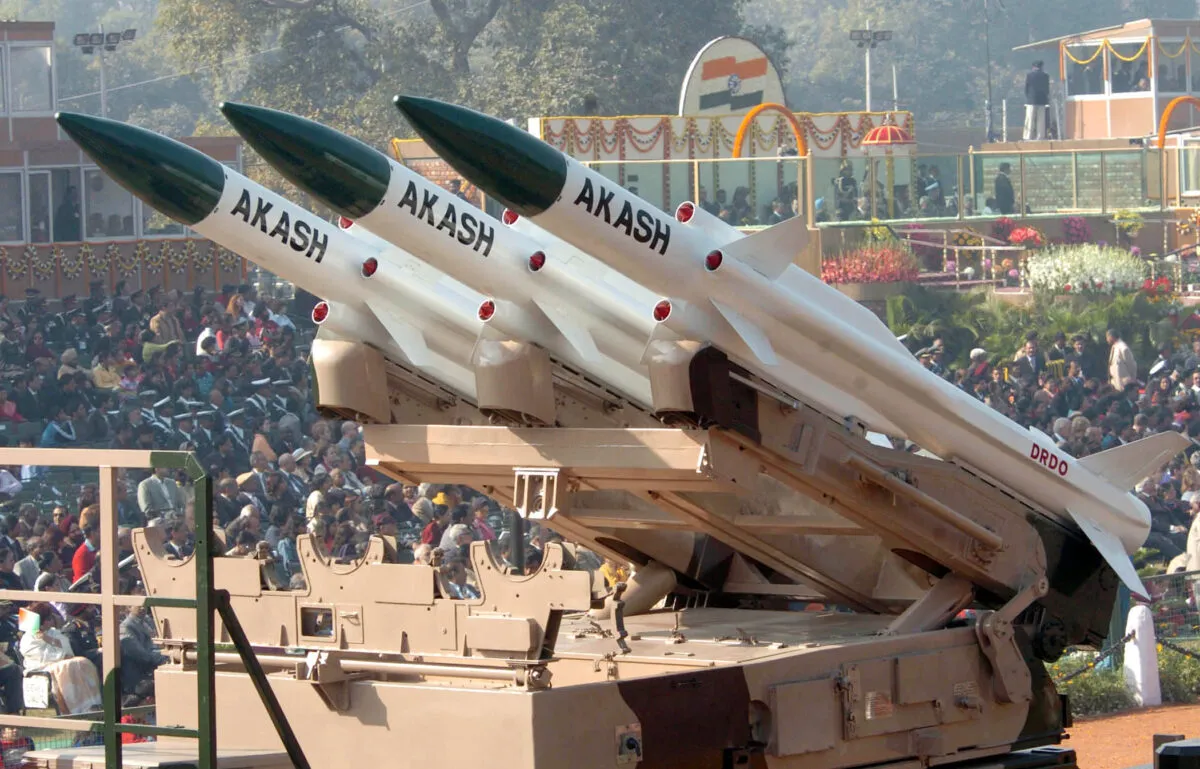
SPYDER (Israel)
SPYDER is a low-level, quick-reaction air defence system from Israel, capable of engaging threats within 20–50 km. It uses Python-5 and Derby missiles and is known for its all-weather and day-night operation capabilities, offering mobile protection against UAVs and aircraft.
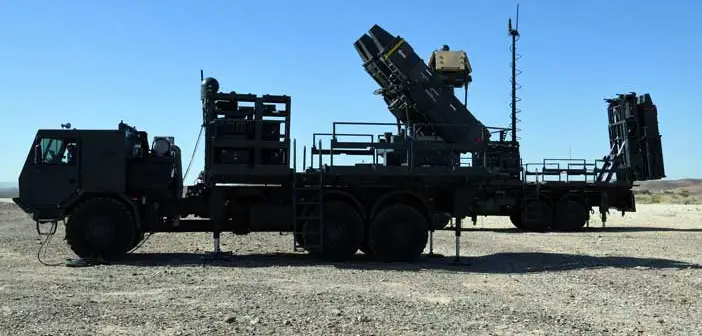
Barak-8 (India-Israel)
Jointly developed by India and Israel, Barak-8 is a modern surface-to-air missile system with a range of up to 100 km and a vertical coverage of 16 km. It is deployed across the Army, Navy, and Air Force and is effective against aircraft, UAVs, and cruise missiles, with excellent radar and command integration.
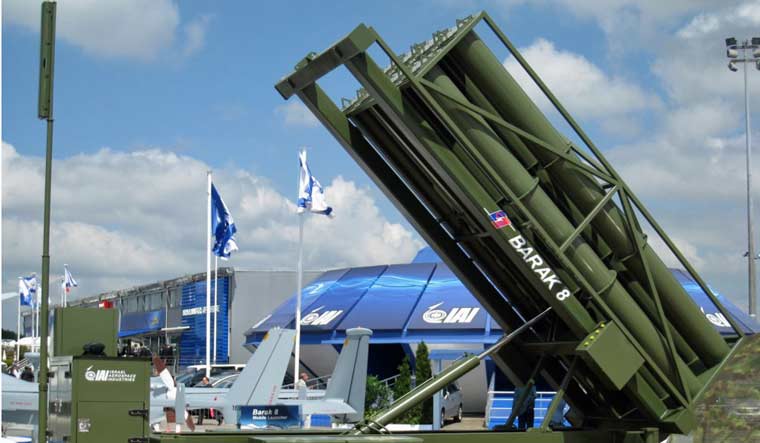
QRSAM
The Quick Reaction Surface-to-Air Missile (QRSAM) system is designed for the Indian Army to protect moving armoured columns from aerial attacks. It has a range of 3 to 30 km and is mounted on 8×8 Tatra trucks for high mobility. It is operational in challenging regions like Ladakh and features indigenous radar and seeker systems.
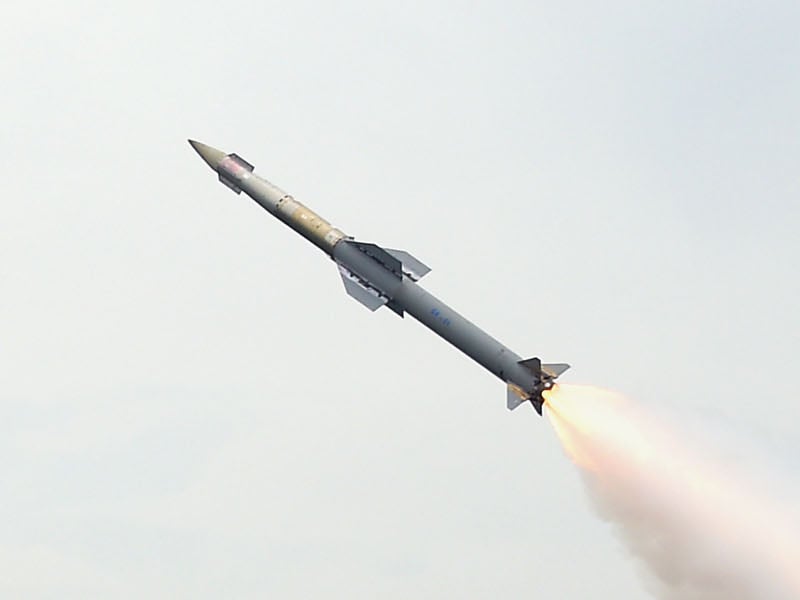
| System | Type | Range | Altitude | Speed | Guidance | Notes |
|---|---|---|---|---|---|---|
| Akash | Medium-range SAM | Up to 45 km | 4–25 km | Mach 2.5 | Mid-course command guidance; terminal active radar homing | Indigenous system; 15 squadrons in service; Akash-NG variant under development with extended range of 70–80 km |
| Barak-8 (MR-SAM) | Medium-range SAM | 0.5–100 km | Up to 16 km | Mach 2 | Two-way datalink; Active/IIR seeker | Jointly developed with Israel; used by Army, Air Force, and Navy; deployed in Ladakh |
| SPYDER | Short and Medium-range SAM | Python-5: 20 km; Derby: 50 km | Up to 16 km | Mach 2+ | Infrared (Python-5); Active Radar (Derby) | Israeli origin; 18 systems in service with IAF |
| QRSAM | Short-range SAM | 3–30 km | 30 m – 6 km | Mach 4.7 | INS + data link; terminal active radar seeker | Indigenous system; deployed in Ladakh |
3. Legacy & Supplementary Systems
India continues to use some older but reliable air defence systems, often upgraded with new technology.
S-125 Pechora
Originally from the Soviet Union, the S-125 Pechora system offers medium-range air defence with a reach of around 30 km. Though aging, it still plays a supplementary role in India’s defence network.
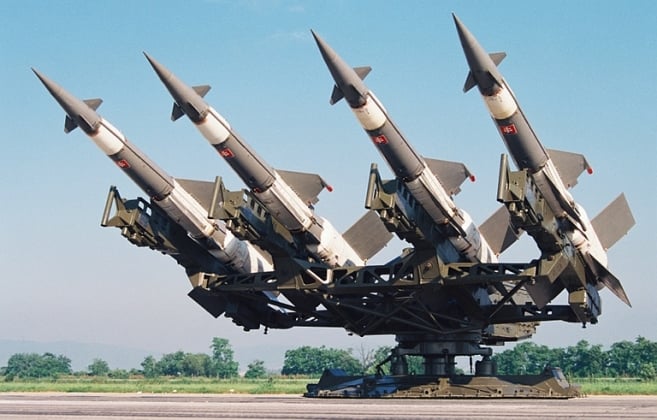
2K12 Kub (Kvadrat)
The Kvadrat system has a range of 24 km and is capable of reaching speeds up to Mach 2.8. Though phased out in many countries, it remains in limited use for training and secondary defence.
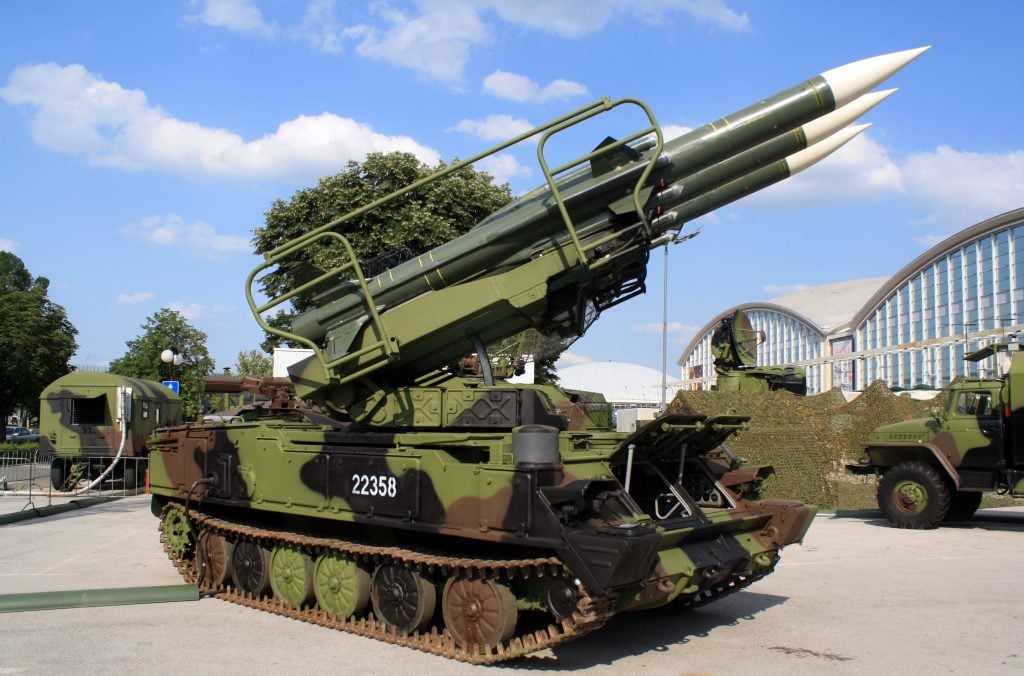
9K33 Osa-AK
A mobile short-range system, the Osa-AK has a range of up to 18 km and can carry six missiles per vehicle. It provides quick deployment and rapid response to low-flying threats.
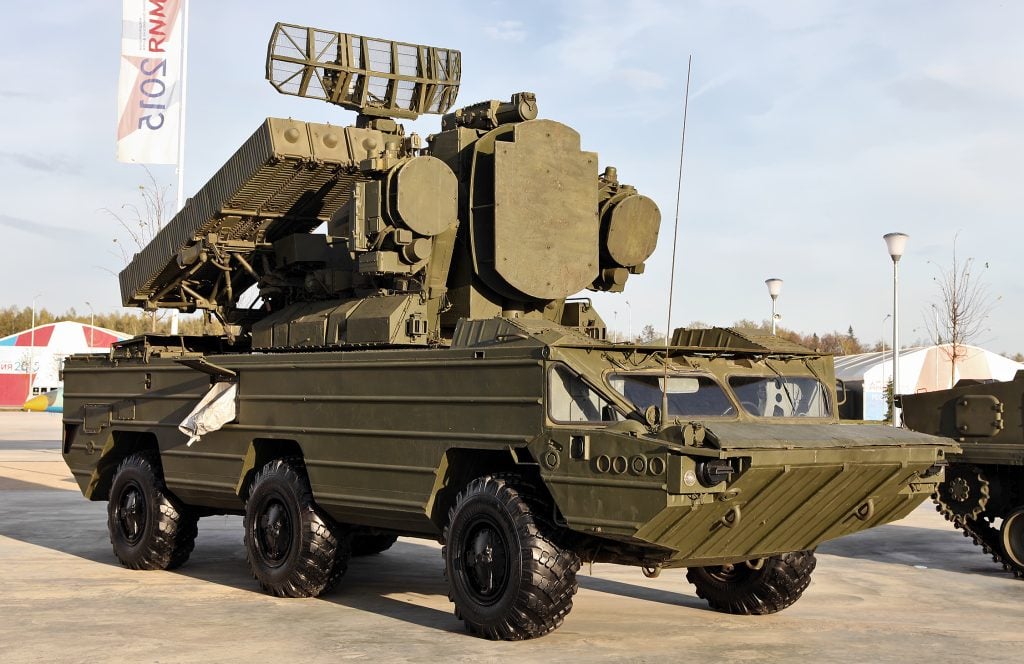
| System | Type | Range | Altitude | Speed | Guidance | Notes |
|---|---|---|---|---|---|---|
| S-125 Pechora | Short-range SAM | 30 km | Up to 18 km | Mach 3–3.5 | Semi-active radar homing | Soviet origin; 25 squadrons; being phased out by Akash |
| 2K12 Kub (Kvadrat) | Medium-range SAM | ~24–27 km | ~7–10 km | Mach 2.8 | Semi-active radar homing | Soviet origin; played key role in 1971 Indo-Pak war; used by Army Air Defence; now mostly retired |
| 9K33 Osa-AK | Short-range SAM | 15–18 km | Up to 12 km | Mach 2.4 | Command guidance | Soviet origin; 80 units in service; replacement underway with QRSAM |
4. Very Short-Range Air Defence (VSHORAD) Systems
These systems act as the last line of defence against low-flying aircraft, drones, and helicopters.
9K35 Strela-10
The Strela-10 is a short-range SAM system with a range of 5 km and altitude coverage up to 3.5 km. It is mounted on a tracked vehicle and is designed for rapid mobility on the battlefield.
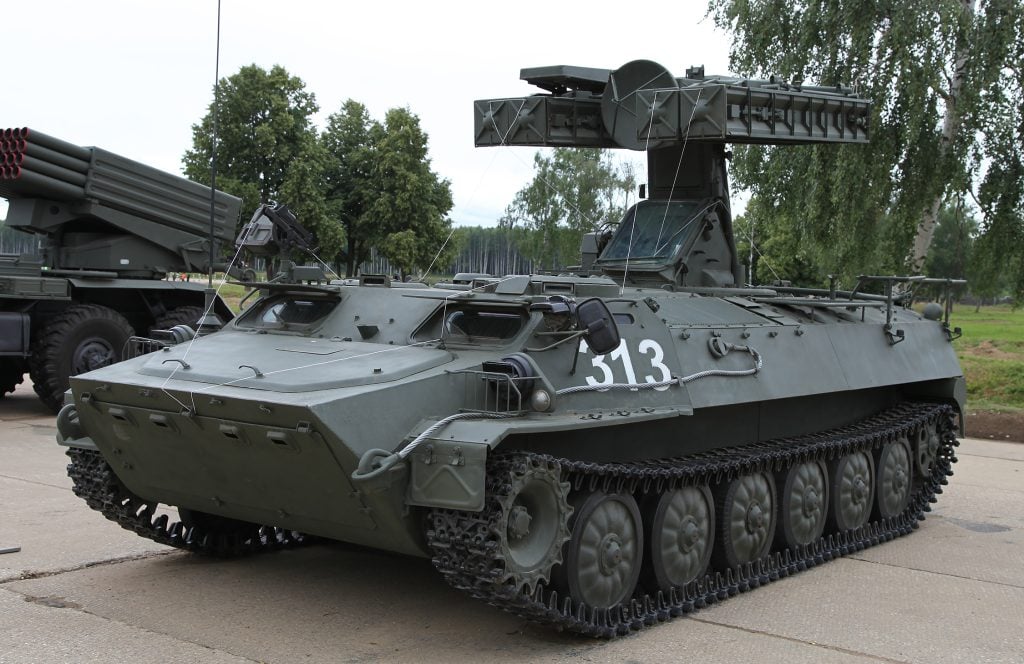
2K22 Tunguska
Combining 30mm autocannons and SAMs, the Tunguska offers dual capability for engaging both aerial and ground targets. It is ideal for frontline air defence and can tackle UAVs and fast jets effectively.
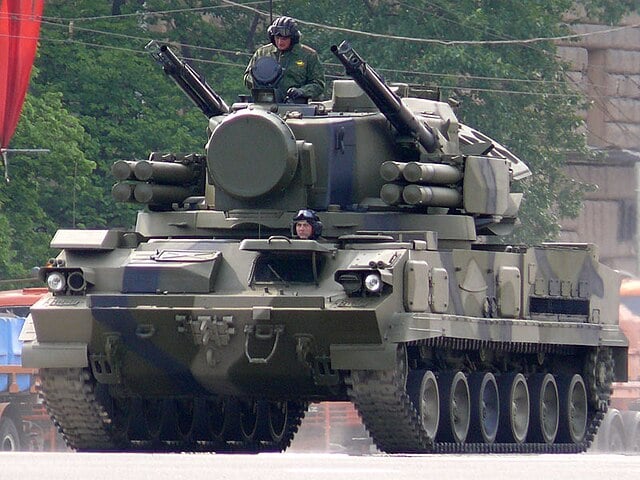
ZSU-23-4 Shilka
The Shilka is a radar-guided, self-propelled anti-aircraft gun system with four 23mm cannons. It is used to protect ground forces and strategic assets from low-altitude air attacks.
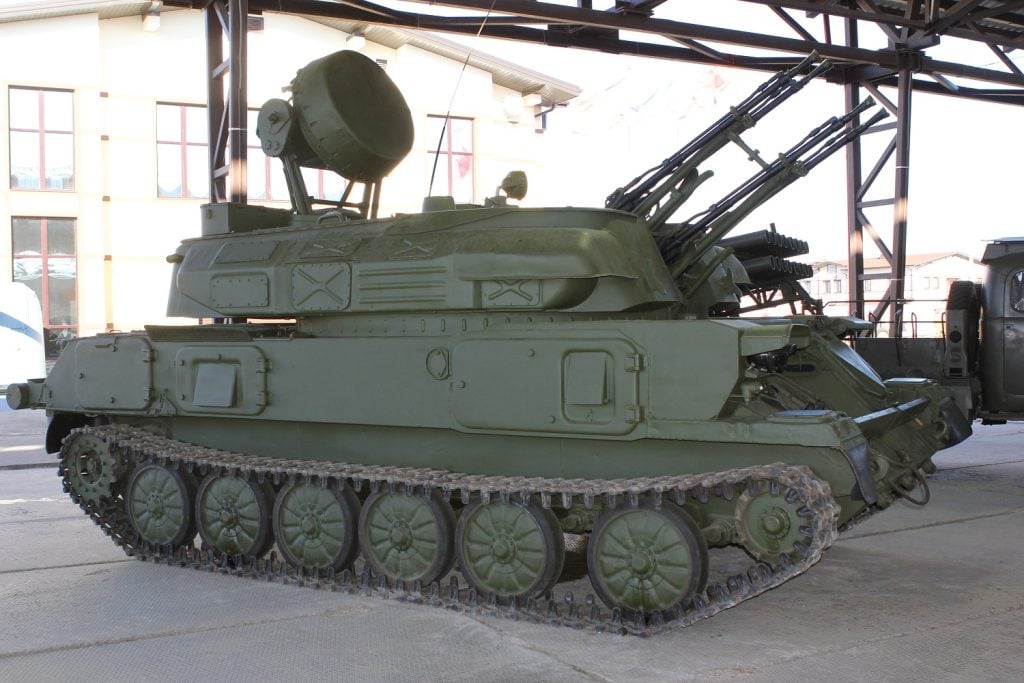
ZU-23-2
This towed twin-barrel 23mm anti-aircraft gun provides point-defence against aircraft and helicopters. It is lightweight and can be rapidly deployed in field operations.
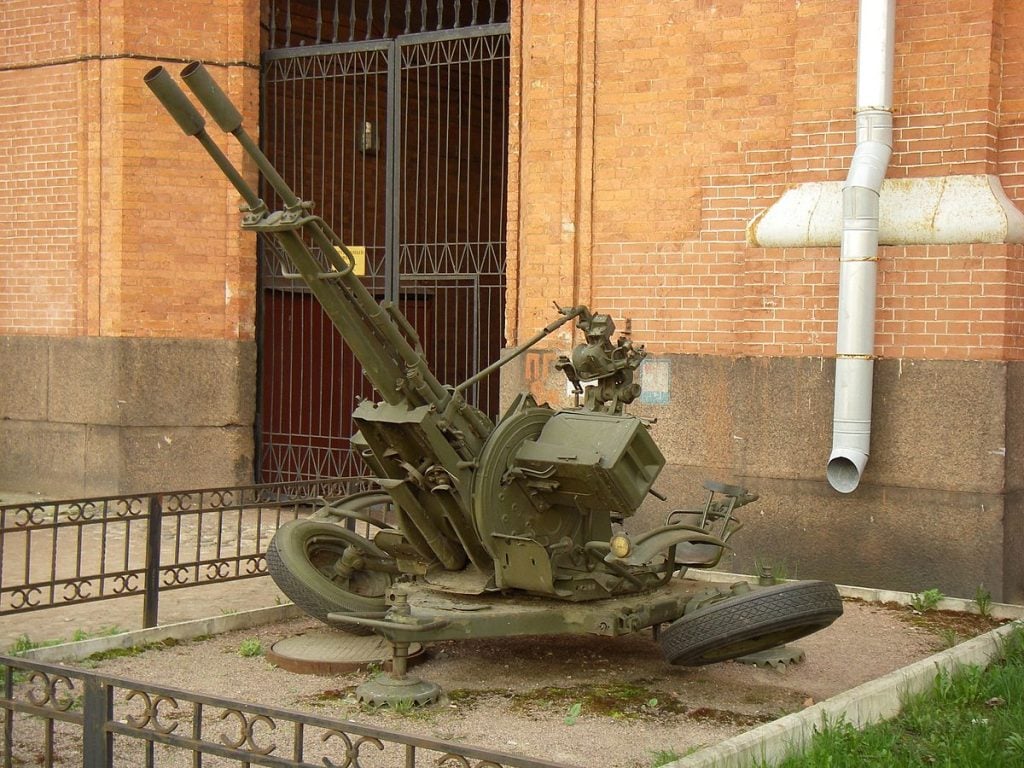
Bofors 40 mm
The Bofors 40mm gun is used for short-range air defence, especially against low-flying aircraft and drones. It can fire at targets up to 12.5 km away.
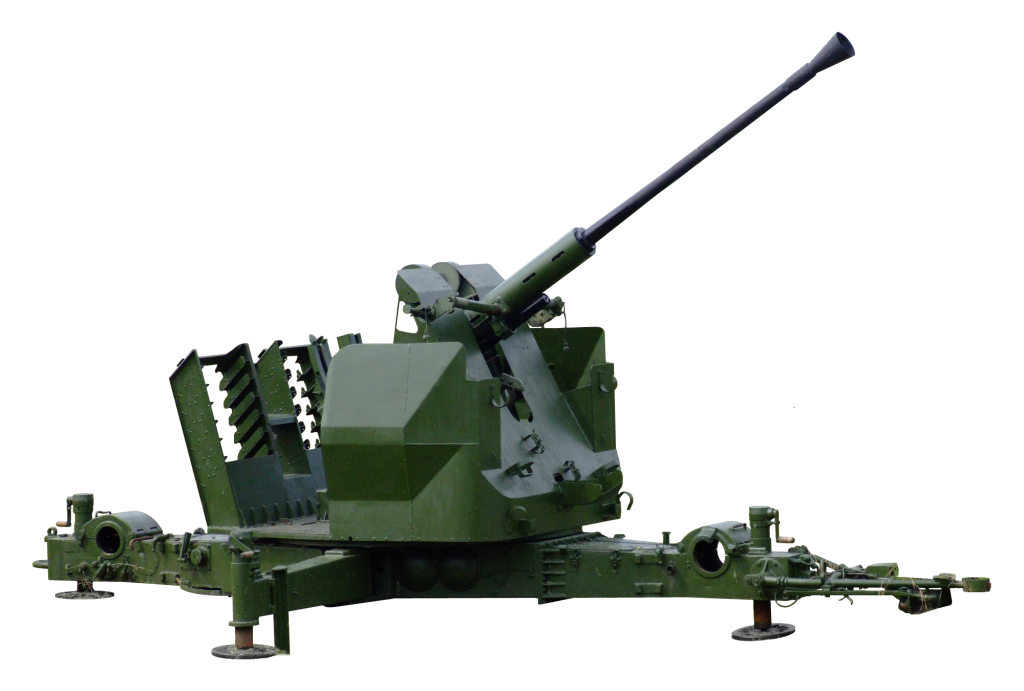
KPV 14.5 mm
This heavy machine gun is primarily used for anti-aircraft and anti-material roles. It offers mobile firepower against light aircraft and ground targets.
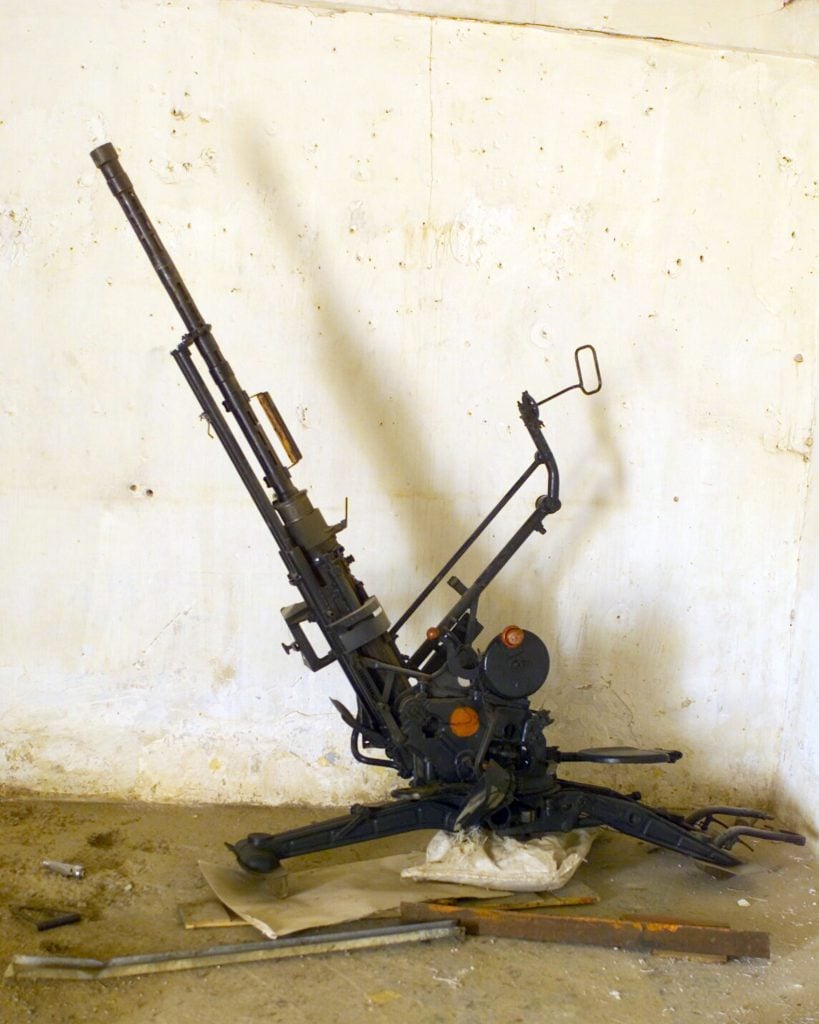
SAMAR
The SAMAR (Surface-to-Air Missile for Assured Retaliation) air defence system is an Indian quick-reaction system developed by the IAF and DRDO, which repurposes old Russian Vympel R-73 air-to-air missiles for ground-based air defence against low-flying aerial threats. It was first showcased during the 2024 Aero India show.
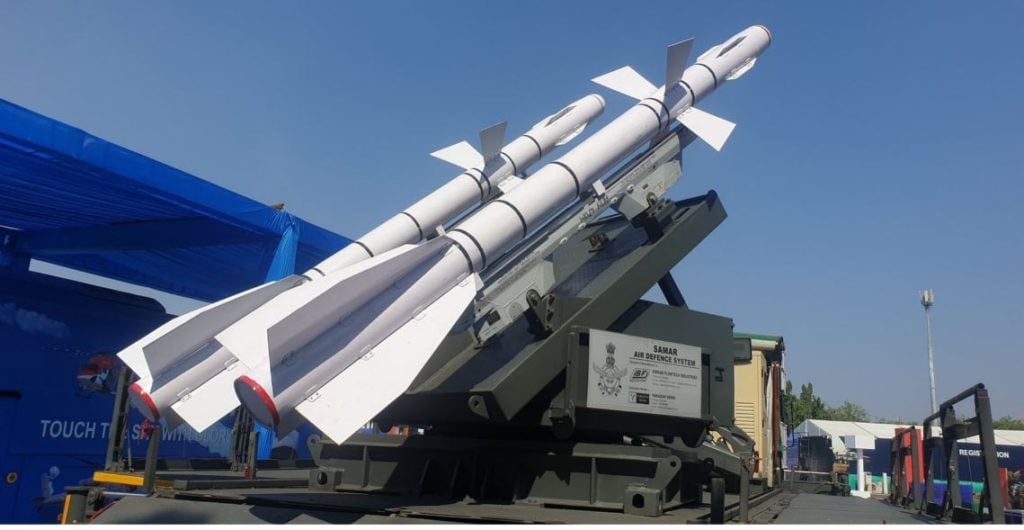
Here’s the table with the SAMAR system added:
| System | Type | Range | Altitude | Speed | Guidance | Notes |
|---|---|---|---|---|---|---|
| 9K35 Strela-10 | VSHORAD | 5 km | 3.5 km | Mach 2 | IR/optical seeker | Soviet origin; vehicle-mounted system |
| 2K22 Tunguska | SHORAD | 8 km (missiles); 4 km (guns) | Up to 3.5 km | Mach 2.3 | Radar-guided | Combines 30mm twin cannons with 9M311 missiles |
| ZSU-23-4 Shilka | SHORAD | 2.5 km | Up to 1.5 km | – | Radar-guided | Soviet origin; limited use in Indian Army |
| ZU-23-2 | SHORAD | 2.5 km | Up to 2 km | – | Optical sight | Towed twin 23mm autocannon |
| Bofors 40 mm Gun | SHORAD | 12.5 km | Up to 3 km | – | Radar/optical sight | Limited use in Indian Army |
| KPV Heavy Machine Gun | VSHORAD | 3 km | Up to 2 km | – | Optical sight | 14.5 mm calibre; used for anti-aircraft and anti-materiel roles |
| SAMAR | VSHORAD | 12–15 km | Up to 5 km | Mach 2.5+ | Infrared homing | Indian system using repurposed R-73 missiles; developed by IAF and DRDO |
This table should now include the SAMAR system along with the other air defence systems you requested. Let me know if you’d like any changes!
5. Drones & Loitering Munitions
India has begun integrating drones and loitering munitions for offensive and defensive roles, especially after their success in Operation Sindoor (May 7, 2025).
SCALP (Storm Shadow)
SCALP is an air-launched cruise missile used by Rafale jets. With a range of 250 km, it was instrumental in precision strikes deep into enemy territory.
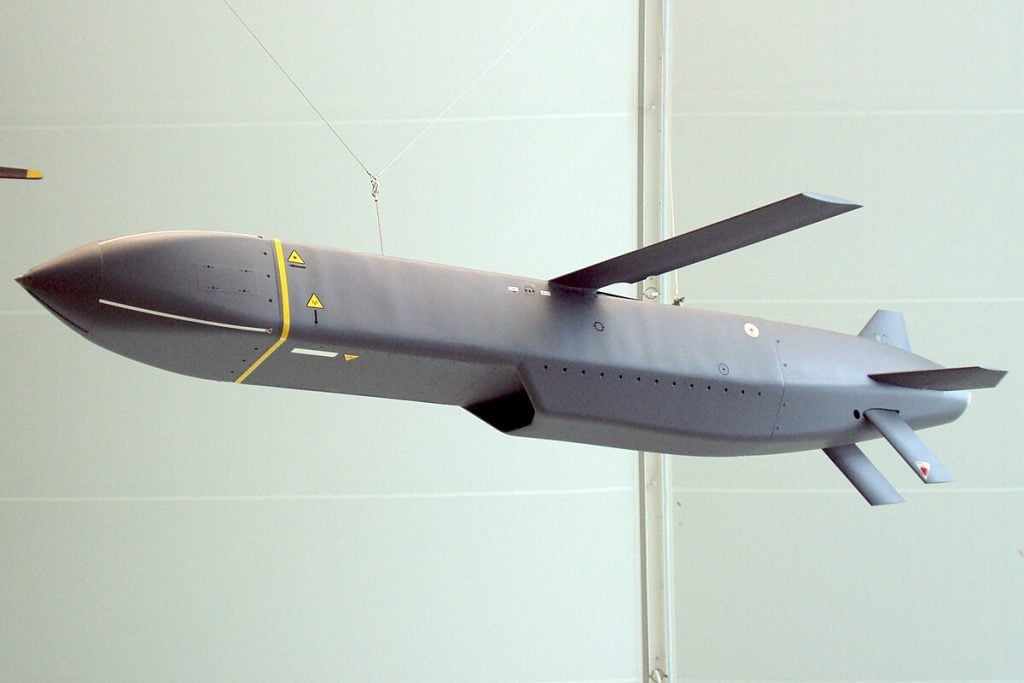
HAMMER Bombs
High-precision munitions with a range of 70 km, HAMMER bombs were used for hitting heavily fortified bunkers and shelters during Operation Sindoor.
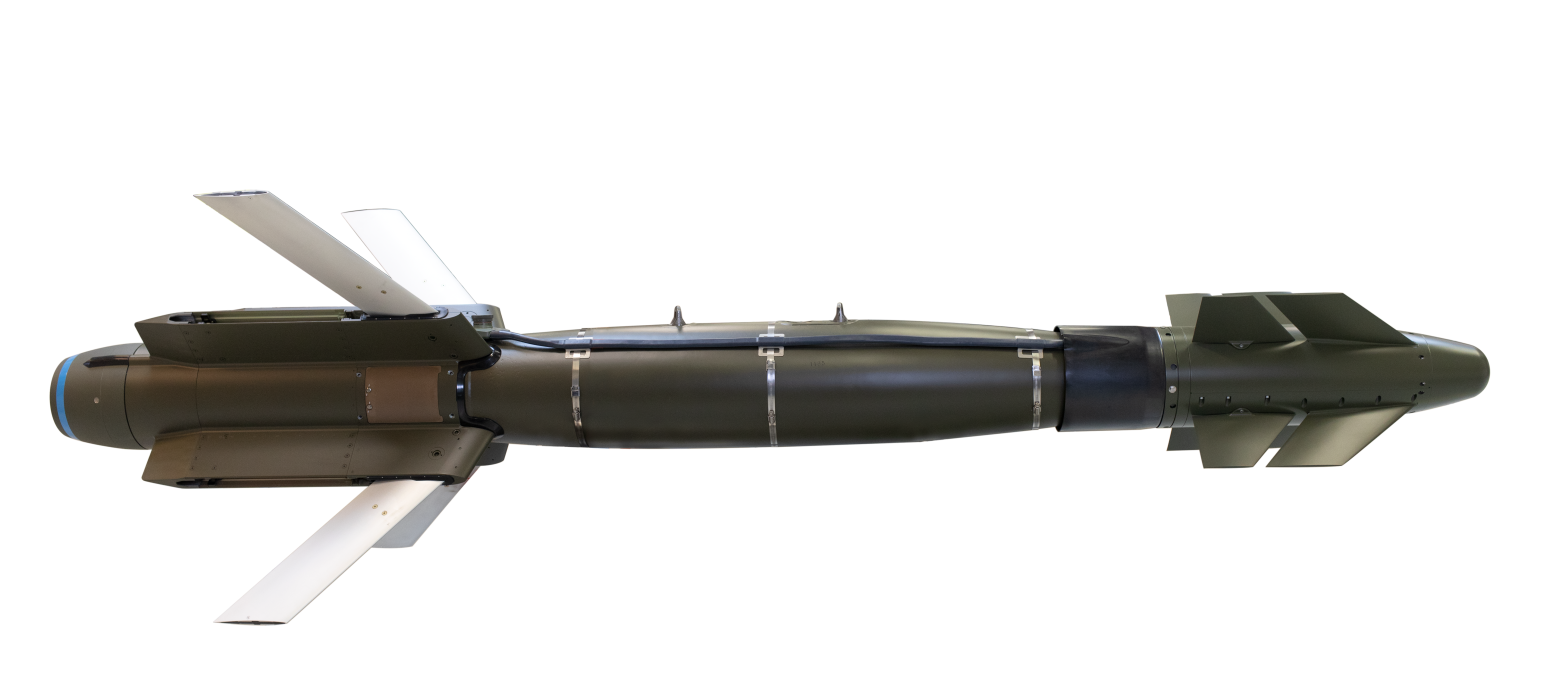
HAROP / HARPY
These are loitering anti-radiation drones capable of autonomously identifying and destroying enemy radar installations. They played a key role in blinding Pakistani air defences.
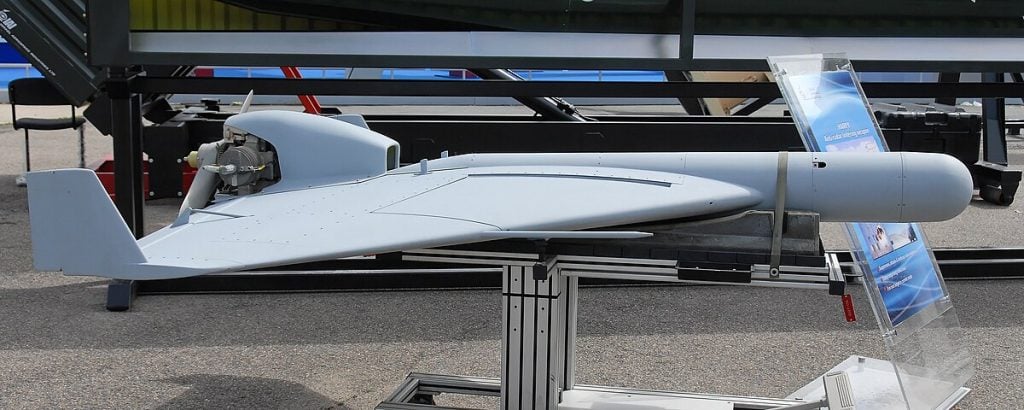
Kamikaze Drones
SkyStriker drones, developed jointly by India and Israel, offer deep strike capabilities with minimal risk to personnel. DRDO’s LMS drones and Nagastra-1 have further expanded India’s indigenous loitering munition arsenal, with Nagastra-1 offering a circular error probability of just 2 meters.
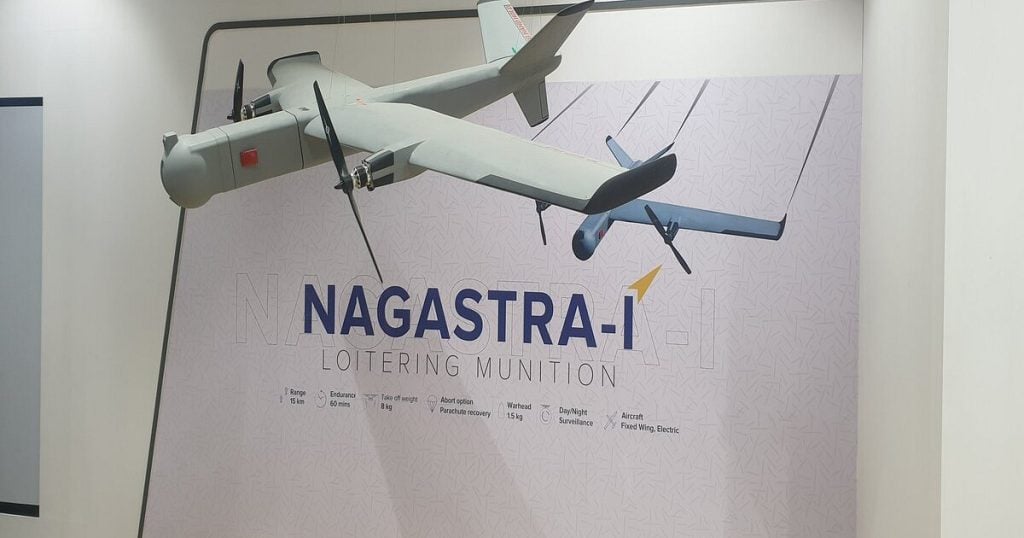
6. Conclusion
India’s air defence capabilities are comprehensive, modern, and battle-tested. With continuous upgrades, indigenous innovation, and strategic acquisitions, India is not just defending its skies—it’s setting a global example. Whether it’s Akash interceptors or S-400 missiles, India stands ready to neutralise any threat that dares to challenge its airspace.

